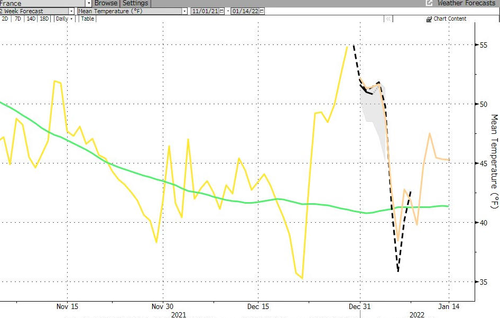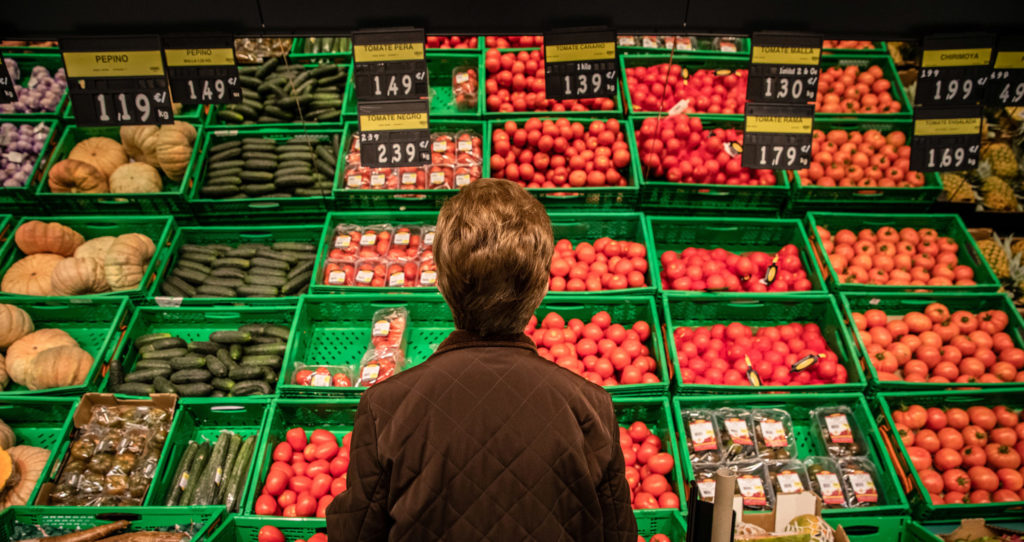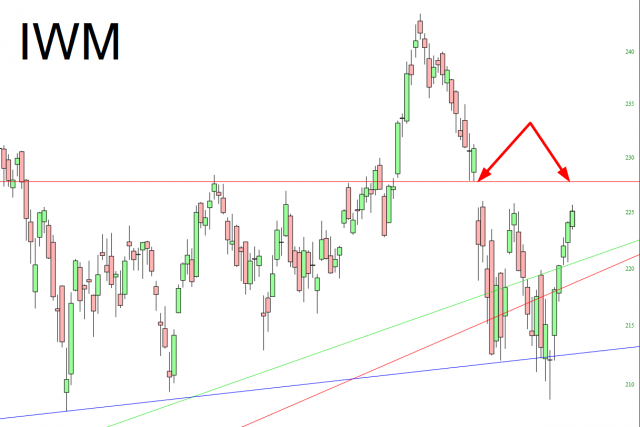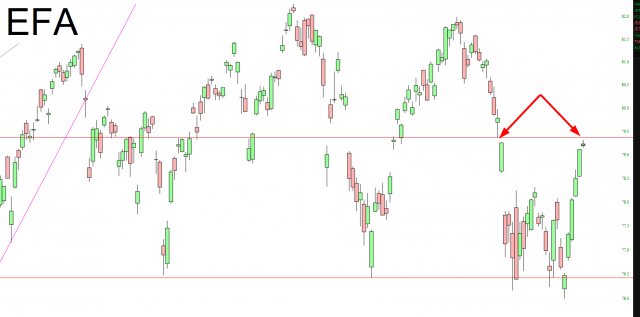This is a pretty big deal and the truth of the matter is, the race is to find 'any' helium. Some links below.
Deep within the
grasslands of southwestern Tanzania, seven men were gathered on a
gravel patch the size of a tennis court. They wore white helmets and
yellow, oil-smudged overalls, giving the impression of melting popsicles
in the night’s dry heat. Next to them was the reason they’d flown in
from around the world: their drill rig, a 35-ton, 50-foot-high mast that
pierced the sky. For three weeks, the drill had been drudging through
layers of thick, gloopy clay, but now, at a depth of 1,800 feet, it had
found an expanse of porous red sandstone and was picking up speed. While
two men scrutinized the rig’s progress on a set of dials, the others
gathered lengths of stainless steel pipe from a nearby storage trailer.
Hazem Trigui, a scientist who worked the night shift, watched from the
smoking area, puffing on a cigarette.
It
was July 2021, the beginning of the drill team’s second month in the
Rukwa Basin, a sparsely populated agricultural plain nearly the size of
Fiji. The team wasn’t after gold or crude oil or natural gas; they were
looking for helium, a noble gas being released in huge quantities by the
ancient granitic rock beneath them. Helium is abundant—the
second-most-abundant element in the universe—but on Earth it is rare.
Because it is the smallest and the second-lightest element, it’s a
master escape artist, slipping out of whatever container it’s in, even
our atmosphere. Helium is also very useful. It has the lowest boiling
point and freezing point of any other known substance. And unlike
hydrogen, its lighter and more abundant neighbor on the periodic table,
it doesn’t go boom at the slightest provocation. All these
characteristics have made it a critical resource in much of the
technology that modern society relies on, from the semiconductor chips
in computers and mobile phones to fiber-optic cables, MRI scanners, and
rockets. There is no space race or high-speed internet without it.
Helium
forms within Earth’s crust through radioactive decay, a process so slow
that on a human timescale it’s considered a finite resource. (A block
of uranium the size of a candy bar would take roughly 500 million years
to produce enough helium to fill a party balloon.) For more than a
century, it has been mined as a minor byproduct of natural gas
extraction. But in the decades to come, as the world moves away from
hydrocarbons and demand for helium grows in step with the aerospace,
computing, and medical industries, there’s a looming possibility of a
major shortage.
The
Rukwa Basin is one potentially significant new source of helium. Here,
the helium is “green”—naturally mixed with nitrogen, which can be safely
vented into the atmosphere. The future of a stable helium supply is
likely to depend on non-hydrocarbon sources like this, and now there’s a
race to find them.
The
team of drillers had been sent by Helium One, a startup founded in
2015. Of the 30 or so companies exploring for helium deposits around the
world, Helium One’s mission has the greatest potential to hit it big.
That’s because the company believes the Rukwa Basin may be the site of
one of the largest accumulations of helium the world has ever known—with
a market value of as much as $50 billion, enough to satisfy global
demand for around two decades. Helium exploration is such a nascent
industry that there is no blueprint exploration strategy, so the chance
of success is low, and the gas is especially hard to mine because of its
containment problem. But the project has the potential to bring
stability to the world’s helium supply and define how and where the
world looks for helium deposits.
As
the purr of the rig’s diesel engine reverberated around the drill site,
Trigui returned to his mobile laboratory, a dusty portacabin filled
with microscopes and rock samples. Checking the data on his computer, he
saw something he’d been waiting for since his arrival in Rukwa: The gas
spectrometer was detecting a spike in helium levels in the rock they
were
drilling
through. This is what’s known as a “gas show.” Trigui kicked open the
cabin door and walked over to the sump, where mud pumped up from the
drill face was pooling. It was bubbling like a jacuzzi.
“It’s here,” he said to himself. “The helium is here!”
Trigui
took a video of the bubbling mud on his phone and excitedly messaged
his colleagues back at camp. Over another cigarette break, he chatted
with the drill team; nobody had seen anything like this before. They
believed they’d unearthed the world’s first major deposit of “green”
helium, and the first sizable helium deposit at all since 1967.
The
bubbles continued to surface until 2 am, as the drill bore down another
30 feet. Then, suddenly, it lost all torque. The engine changed tone
from a low drone to a high-pitched hum. The drillers looked on,
bewildered.
The
drill bit—a 6-inch-thick spiral of stainless steel and tungsten—is
connected to the motor by a series of steel pipes that screw together to
form what’s called a string. One of the joints in the string had
sheared off. The team had no choice but to pull it out of the hole,
leaving 300 feet of pipe, and the bit, still down there.
As
the sun rose, David Minchin, Helium One’s CEO, awoke at camp. Not yet
aware of the setback, he saw Trigui’s helium data on his computer screen
and immediately thought, This will be the best day of my life.
He threw on trousers, leapt out of his tent, and called out a cheerful
“Good morning!” to Randy Donald, the drill site supervisor.
“You haven’t heard?” Donald said.
“Heard what?” Minchin replied.
“It’s not good. It’s really not good.”
In the 1950s,
a geologist named T. C. James travelled extensively in what is now
called Tanzania. As the chief mining geologist in the
British-administered Geological Survey Department of Tanganyika, it was
his job to develop a better understanding for the country’s
geology
by identifying such things as arable land and mineral deposits. On one
of these trips, James sampled a gas-bearing thermal spring near the tiny
village of Itumbula, in the Rukwa Basin, that had intrigued the local
people for centuries.
James’
findings told him that these gases were extremely rich in helium, but
he thought nothing of it. At the time, helium was readily available. The
National Helium Reserve, a giant geological helium storage unit created
by the United States government in 1925 by recovering helium from gas
fields in the Texas Panhandle, was approaching its peak. With billions
of cubic feet of crude helium stored, and demand for it still to mature,
there was no reason to pursue the gas in a remote location lacking the
basic infrastructure—roads, power, running water—required to develop a
project.
By
1996, however, the reserve was in debt. Congress instructed its
operator, the Bureau of Land Management (BLM), to halt production and
offer for sale the entirety of the stockpile at a price that would
recover the costs of developing it. The effect of this was to
artificially depress market prices and financially disincentivize anyone
from exploring for helium, so until recently it has only been found
incidentally, by petroleum companies scouting rock formations for
hydrocarbons. For decades, then, as much as 80 percent of the world’s
helium has originated from only around 10 natural gas facilities in the
United States, Qatar, and Algeria.
Today,
the global supply chain for helium is fragile, and that makes the gas a
volatile commodity, which in turn can hamper scientific research and
industrial production. While I was writing this story, Algeria’s Skikda
Plant and the National Helium Reserve temporarily dropped offline,
shutting down around 25 percent of the global supply. Cliff Cain,
president of a consultancy group for industrial gas, told me his clients
were forced to suddenly scale back their manufacturing, and scientists
had to delay research dependent on helium. In 2012, a more serious
shortage famously forced Tokyo Disneyland to suspend the sale of their
Mickey Mouse–shaped balloons. End users don’t have reserves to dip into,
because helium is extremely difficult and expensive to store.
Next
year, the BLM is expected to finally complete its sell-off of the
National Helium Reserve. After that, prices are likely to soar and the
US government will have to source helium from the private sector. (The
other major source of helium in the US, ExxonMobil’s LaBarge field in
Wyoming, may be vulnerable to environmental policy because the gas
composition is 65 percent carbon dioxide.) Without new, large-scale
sources of helium, it’s a probability that increasing global demand will
rely on Qatar, whose antagonistic neighbors have previously blocked
exports, and Russia, where new production is slowly coming online. In
the short term, Russia’s production is likely to produce a temporary
oversupply of helium—but when natural gas production winds down, demand
for helium is sure to catch up. “We’re walking into a world where the
West has no control over one of the most valuable strategic
commodities,” Cain says.
The
impending helium shortage has long been anticipated. Ten years ago,
while BLM was running down the reserve, demand for helium was climbing
sharply. The private producers Congress expected to be online were
delayed or never appeared, and prices shot up. As it became possible to
drill for helium profitably, an assortment of explorers, entrepreneurs,
and wildcatters—those who drill exploratory wells outside of existing
gas fields—sensed an opportunity to earn a buck....
“Chances are you’ve heard little or nothing from your constituents about
helium over the past 15 years,”
-Walter Nelson, director of helium
sourcing at Air Products and Chemicals
Pedantic much? Yeah, that was me.








